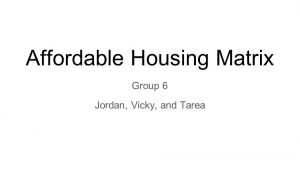
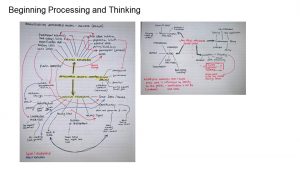
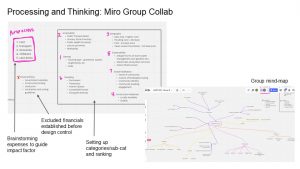
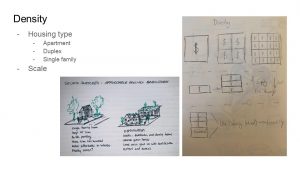
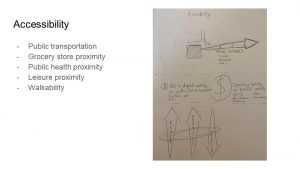
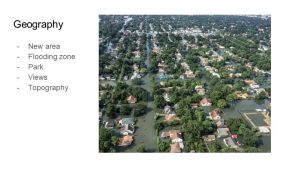


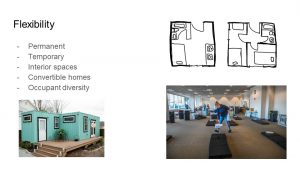

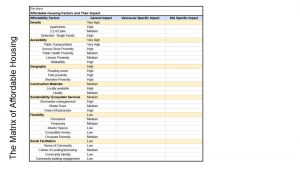
Category Archives: Assignment 01
Jordan Yule – A1 (Affordable Housing Building Analysis)

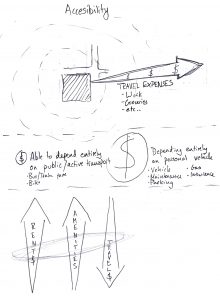
These sketches demonstrate the basic and uncontextualized economics that informed our initial idea of affordable housing. Surely, the more units on a site, the cheaper each unit? However, once contextualized in contemporary capitalist society, with land speculation, this is not necessarily the case. We maintained the simplified economic response for this initial assignment.
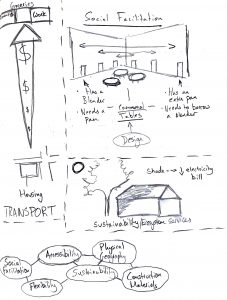
It is however true that social and ecosystem connection can mitigate costs.
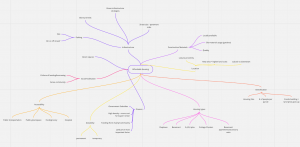

Once ideas were developed individually; Vicky, Tarea, and I collectively brainstormed. We established a model to prioritize our ideas according to the personal finances of the affordable-housing resident. The most substantial expense was understood to be rent, which was prioritized above the rest. The second was found to be “accessibility” (meaning proximity and connectivity to amenities, goods, services, and transportation). Once again, these were not necessarily contextualized within the realm of designability, so priorities would change once design became a factor. This initial stage of prioritization was represented in the matrix below.

Assignment 1 Yuxiang Liu
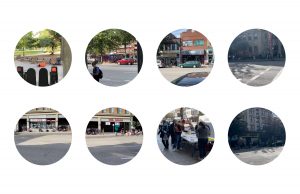
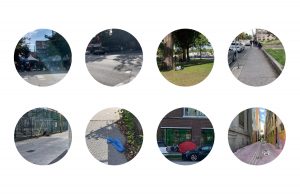
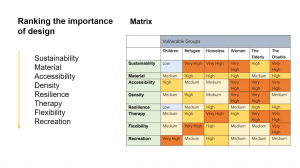
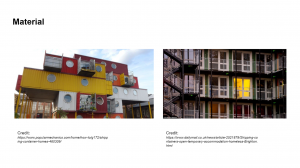
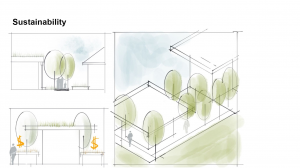
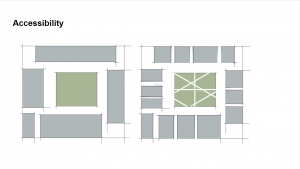
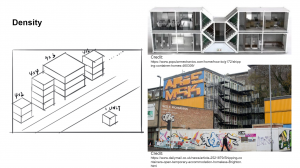
References:
https://www.popularmechanics.com/home/how-to/g172/shipping-container-homes-460309/
https://www.dailymail.co.uk/news/article-2521879/Shipping-containers-open-temporary-accommodation-homeless-Brighton.html
https://www.popularmechanics.com/home/how-to/g172/shipping-container-homes-460309/
https://www.dailymail.co.uk/news/article-2521879/Shipping-containers-open-temporary-accommodation-homeless-Brighton.html
Assignment 1 Yaying Zhou
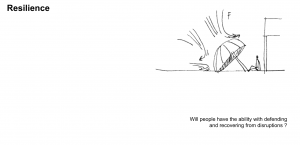
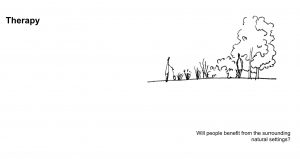
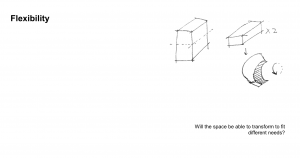
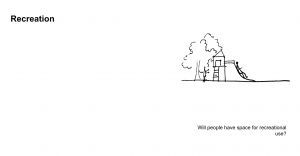
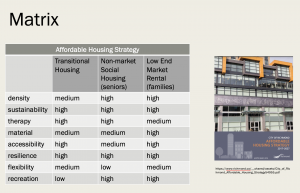
Bronte Mutukistna and Chloe Naese – Assignment 1
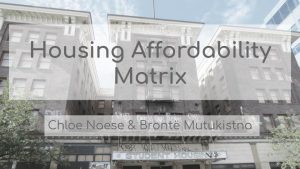
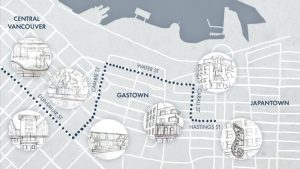
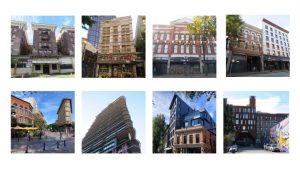
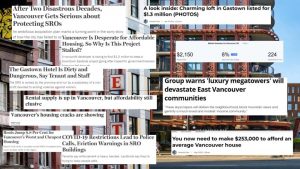
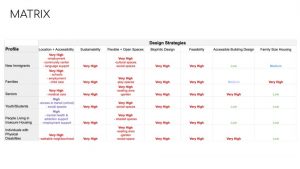
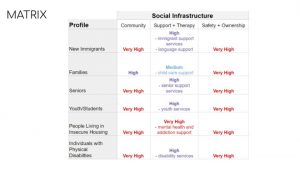
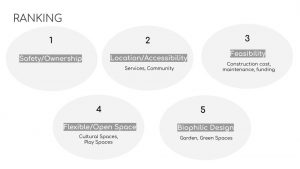
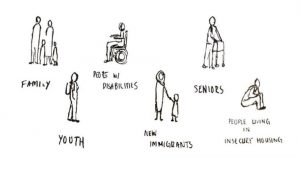
Changwei Qiu – Assignment 1
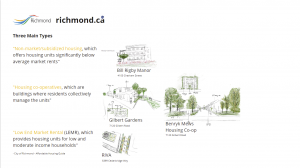
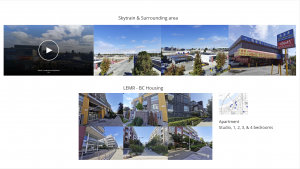
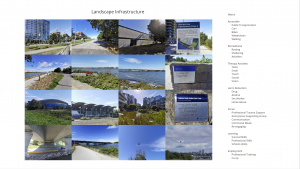
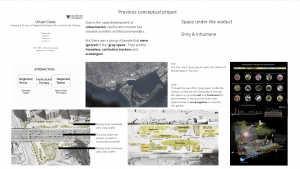
References:
City of Richmond BC – Finding Affordable Housing. (2021). Retrieved 28 September 2021, from https://www.richmond.ca/services/communitysocialdev/affordablehousing/FindingAffordableHousing.htm
Assignment 1- Kristian Lebitania
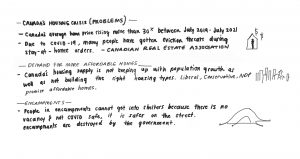
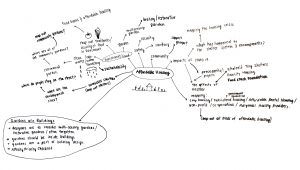
To wrap my head around the Canadian Housing Crisis, I began to list a few problem statements. This sparked a mind map which was centred around generating questions about the homeless community and their needs. I also thought about the affects of COVID-19 which have lead to community encampments in Vancouver and Toronto where the homeless were forcibly evicted by the government. I thought about mapping multiple support systems in Vancouver, for example organizations that ensure food security for the homeless and low-income people. Perhaps this mapping will help generate a design that can facilitate the exchange of these organizations and increase their support network.
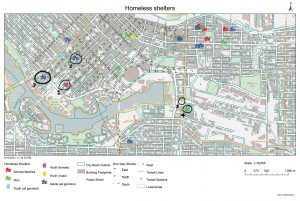
I decided to visit the following homeless shelters and modular housing to observe their functions:
1. Covenant House (Youth Female)
2. Hornby Shelter (Adult, all genders)
3. Metson Shelter (Adult, all genders)
4. Vancouver’s First Temporary Modular Housing (Not a shelter)
5. Aboriginal Shelter (men)
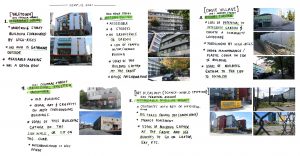
My notes were quick observations of the successfulness of circulation, access, and observing where people gathered to socialize.
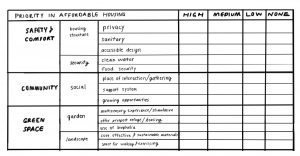
I created a hierarchy of what elements were important to a person seeking affordable housing and emergency housing. This matrix serves more of a check list toward what makes a space successful in providing fundamental needs of safety and comfort.

A preliminary diagram which visualizes the matrix.
Assignment 1: Tarea
Below is my process of thinking through the Matrix before group brain storm, and some things I have learned throughout MLA and undergrad about housing. I was thinking about how affordable housing is connected to many outliers we don’t realize.
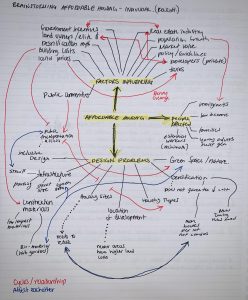
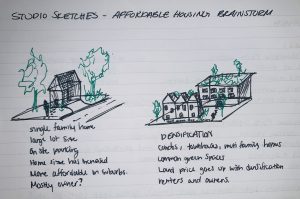
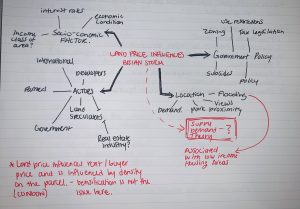
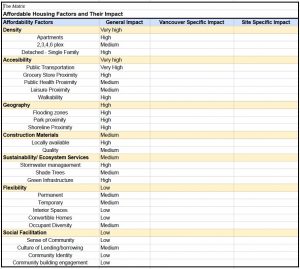
Assignment 1 – Josh Fender
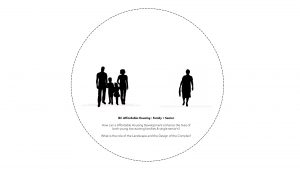
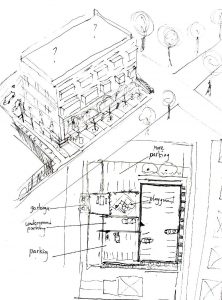
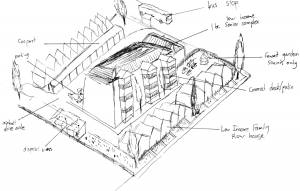
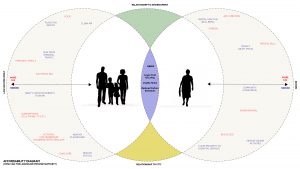
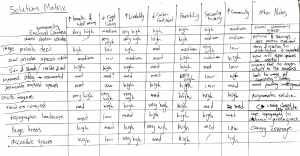
Sherry Lin – Assignment 01
Affordable housing is urgently needed by the homeless, thus I visited and analyzed a project created by VAHA aiming to provide housing for the homeless. These two affordable housing are located on 2132 Ash Street and 265 West 1st Avenue.

I found that compared with other communities, these affordable housing are spatially: 1) Lack of high-quality gardens. 2) Are relatively separated from neighbourhoods around. From multi-sensorial aspect: these affordable housing always have the noise and unpleasant exhaust generated by the traffic on the road. All of the above are bad for the physical and mental health of the residents.

Although in the same building, the residents there seem to live in seperate, isolated boxes. There is no good garden space for them to do exercise and socialize. I came up with some ideas for the design of each unit: the room is composed of 3 parts, one for living, one for private garden, and one for semi-open garden that can be shared with others. In this way, even during the pandemic, people can communicate with each other at a safe distance.

Two matrices were made based on the analysis. First, I enumerated possible garden activities and rated the importance of them. Under the influence of pandemic, I think people’s requirements for physical exercise and socializing in the garden will increase. These activities should be provided with special venues in the design.

In the second matrix, I proposed that even with different incomes, people have the same level of demand for some activities; however, the homeless have stronger requirements for skills acquisition.
On the basis of assignment 1, I will further clarify the users of affordable housing, and explore what kind of garden activities they need, as well as what scale and form of space are required to do these activities.